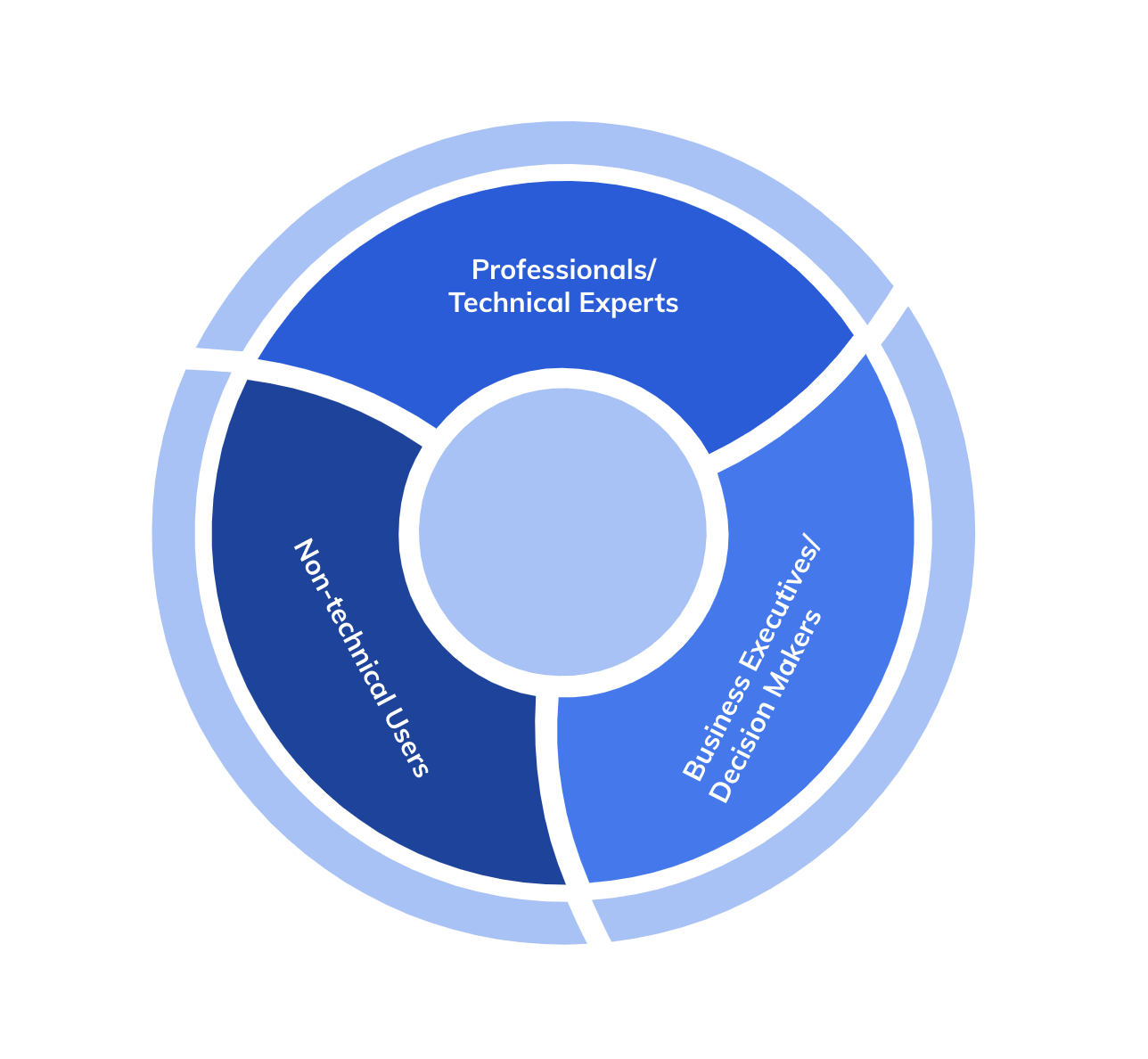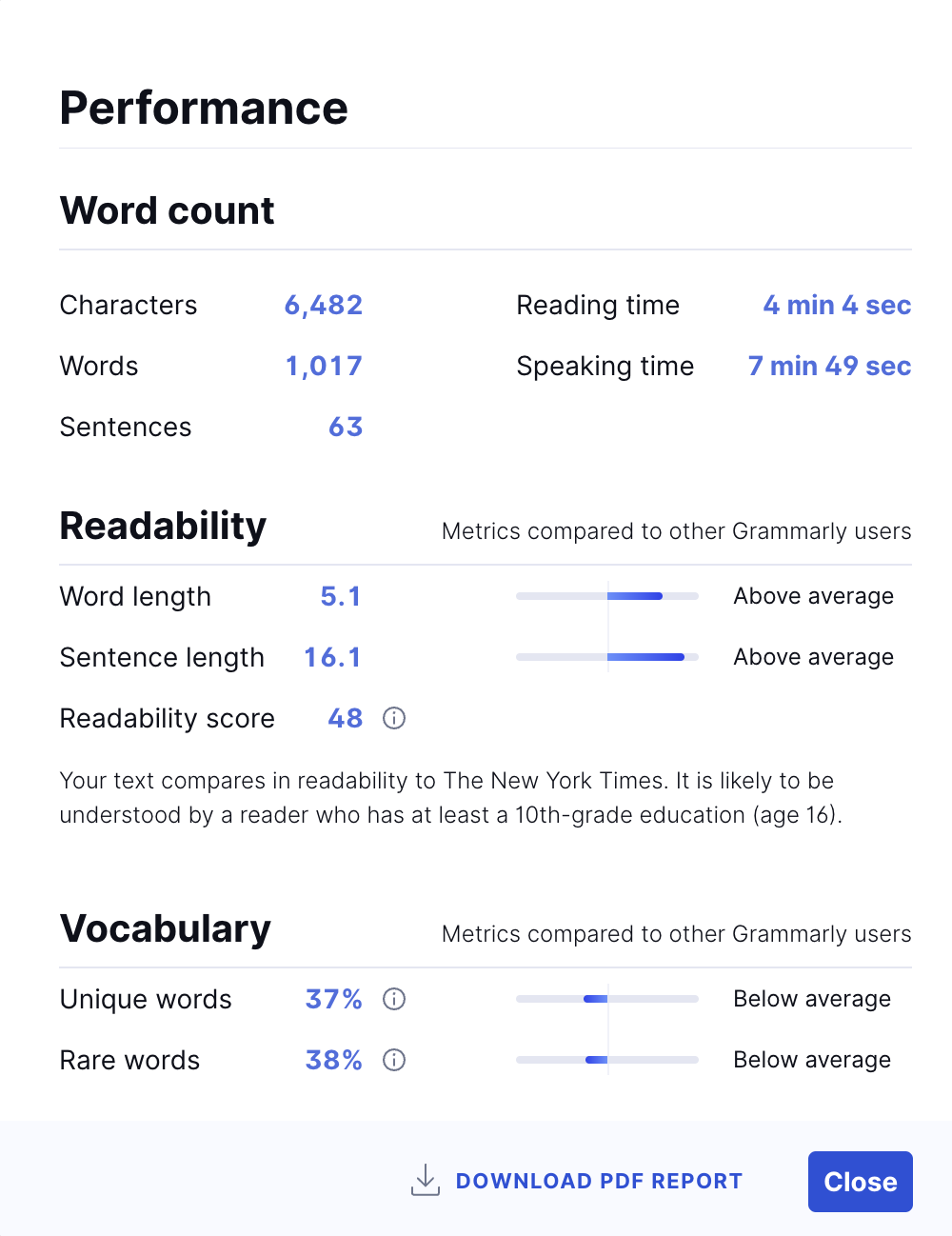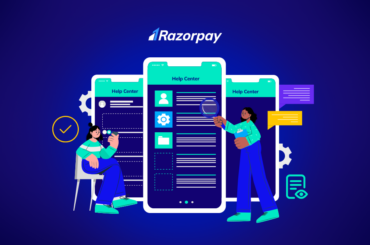Writing content without understanding your audience or conducting audience research is like shooting in the dark. You hope your arrow will reach its mark, but how can it, if not aimed properly? By creating a one size fits all content, you will be pushing out generic content not tailored to your audience’s needs.
Whether you are writing a thriller novel or a blog, or straight-up technical documentation, it is vital to research the intended audience. This helps to create content that truly connects with your readers.
Types of Audiences
Broadly, there are three types of audiences that you must consider while writing any piece of technical content:
 Professionals/Technical Experts
Professionals/Technical Experts
This audience segment is technically sound and has advanced topic knowledge. They are used to industry jargon and words. This cohort forms the main user base if you are writing API/SDK documentation.
Business Executives/ Decision Makers
This segment consists of leaders and executives who navigate through the documentation and make the buy or no-buy decision based on the perceived business value/ease of use. They may or may not have extensive technical knowledge.
Non-technical Users
This segment comprises employees or other individuals such as students. They don’t have in-depth technical acumen and are mostly looking for procedural documentation which explains how to use a particular product.
Why is Audience Research Important
As we saw above, various audiences come from all walks of life. While some can understand complex information, others seek simple instructions to complete a task and achieve their goal.
Let us take the example of API Integration Documents. The main users of these documents are developers. Now these developers may have different experience levels – some may be fresh college graduates, while others could be industry veterans. It is then the writer’s responsibility to craft documentation that suits all cohorts’ needs.
Not convinced? Here are some more reasons:
- International audiences
It is vital to understand the geographic distribution of the audience. In today’s age, where product adoption is across continents, technical communicators must ensure that the content meets the global standards regarding how data is presented – the numeral system, date format, and currency.
For example, if you have written for an Indian audience earlier and now need to extend it to an international audience, you might need to adopt the international numeral system, change the currency used and so on. While this might appear to be a small thing, it can have major implications.
- Readability index
When we document complex systems, we might use words or construct long sentences that some audience segments cannot easily understand. By running the content through tools that evaluate content readability, we can create simpler content that a larger section of the audience can easily consume. Tools such as Grammarly come with in-built features that determine content readability scores.

- Delivering the right content
When we understand more about the audience, we can rethink how content is presented to them. Suppose you have both videos and textual content on your website, and many visitors prefer watching videos to reading the text (you can measure this engagement using click and scroll heatmaps). This information tells us that your audience prefers visual content, and you can tailor your content strategy accordingly. Such analysis is possible when we identify and listen to our audience’s needs.
How to Conduct Research
There are various measures you can adopt to learn about your audience.
Identify Target Audience
There are various measures you can adopt to learn about your audience.
- Get the list of existing users from the product or sales teams.
- Use tools such as Google Analytics to learn about user demographics. You can then classify them based on level of expertise, geographies, interests and so on.
Conduct Audience Research
Like any other research process, you need to connect with your users through interviews or surveys to understand their needs from the documentation. Check if your organisation is already running any user research programs and hop on to that.
You can also visit online forums/communities they frequent. Delve upon questions like:
- Do they want more use cases or more API code samples?
- Do they think visual aids would be helpful?
- Do they prefer videos over text?
A lot of developers search for information on Stack Overflow. Visiting your topic’s stack can throw insights into the current trends and the burning needs of the users.
Implement the Findings
Based on the analysis, you can identify the needs of each audience segment and develop content strategies.
For beginners, you can provide simple Get Started guides, while for advanced users, you can provide additional sample codes. You can add Glossaries for business executives and non-technical users.
Conclusion
Knowing your audience is the key to effective writing. Conduct audience research to tailor your content to their needs, preferences, and interests. Unlock the power of effective communication and provide customised content to your audience.





